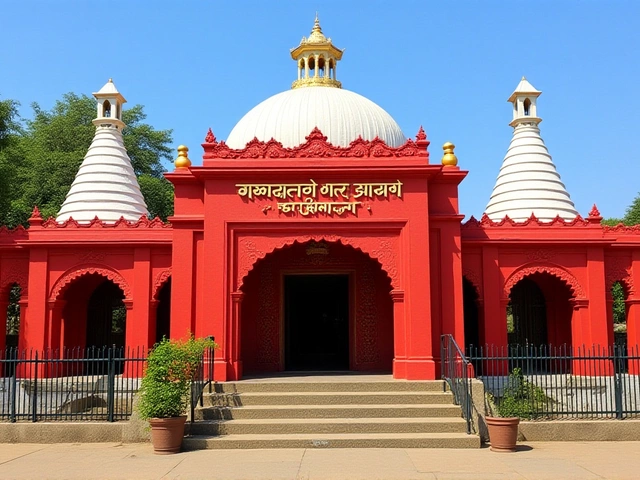Living Conditions Explained: What Really Affects Your Daily Life
When you hear the phrase “living conditions,” you probably picture a house, the rent you pay, or the food on your table. But it’s more than a roof over your head. It’s the mix of money you spend, the safety you feel, the health services nearby, and even the vibe of the neighbourhood. Let’s break it down so you can see what matters most.
Cost of Living and Housing
The biggest driver of any living condition is the cost of living. In India, salaries vary a lot by city, education and experience. A graduate in a Tier‑1 city might earn around ₹31,000 a month, while a post‑graduate could see ₹48,000 or more. Those numbers decide whether you can afford a decent apartment, a two‑car garage or just a shared room.
Housing options differ too. In metros like Delhi or Mumbai, rent can eat up 40‑50% of your income. Smaller towns often have cheaper rent but may lack quality schools or hospitals. When you’re looking for a place, ask yourself: does the rent fit my budget? Is the area close to work or transport? Do I need a kitchen, a balcony, or a good internet connection?
Don’t forget hidden costs – electricity, water, groceries and commuting. A family in a city might spend ₹10,000‑₹15,000 a month on food alone, while the same family in a village could pay half that. Understanding these numbers helps you plan a realistic budget and avoid surprise bills.
Health, Safety, and Community
Even if you find an affordable flat, you’ll still wonder about health and safety. Access to quality clinics or hospitals can make a huge difference. In many Indian towns, government hospitals are free but crowded, while private clinics charge more but offer quicker service. Choose a location that gives you a good balance of cost and care.
Safety is another piece of the puzzle. Crime rates differ across regions. A well‑lit neighbourhood with active community groups usually feels safer than an isolated area. Look for places with regular police patrols, neighbourhood watch apps or friendly neighbours who look out for each other.
Community life can boost your overall happiness. Teenagers in India, for example, often juggle school, sports and family duties. A supportive community offers clubs, libraries or youth centers where they can relax and learn. For adults, community centres, local markets and festivals create a sense of belonging.
Finally, think about the future. If you plan to stay long‑term, check if the area is growing – new roads, schools or job hubs can raise property values and improve services. If you’re just passing through, prioritize short‑term needs like reliable transport and affordable meals.
In short, living conditions are a blend of money, safety, health and social vibe. By looking at each part, you can pick a place that fits your budget, keeps you healthy and makes you feel at home.
Why don't you want to live in India?
Despite India's rich culture and history, I find living there challenging due to several reasons. The country struggles with pollution, overpopulation and inadequate infrastructure which can make daily life difficult. Corruption and bureaucracy also hinder progress and can make simple tasks, like setting up utilities, unnecessarily complicated. Safety, especially for women, is another serious concern. Lastly, the high level of poverty and socio-economic inequality is disheartening.






